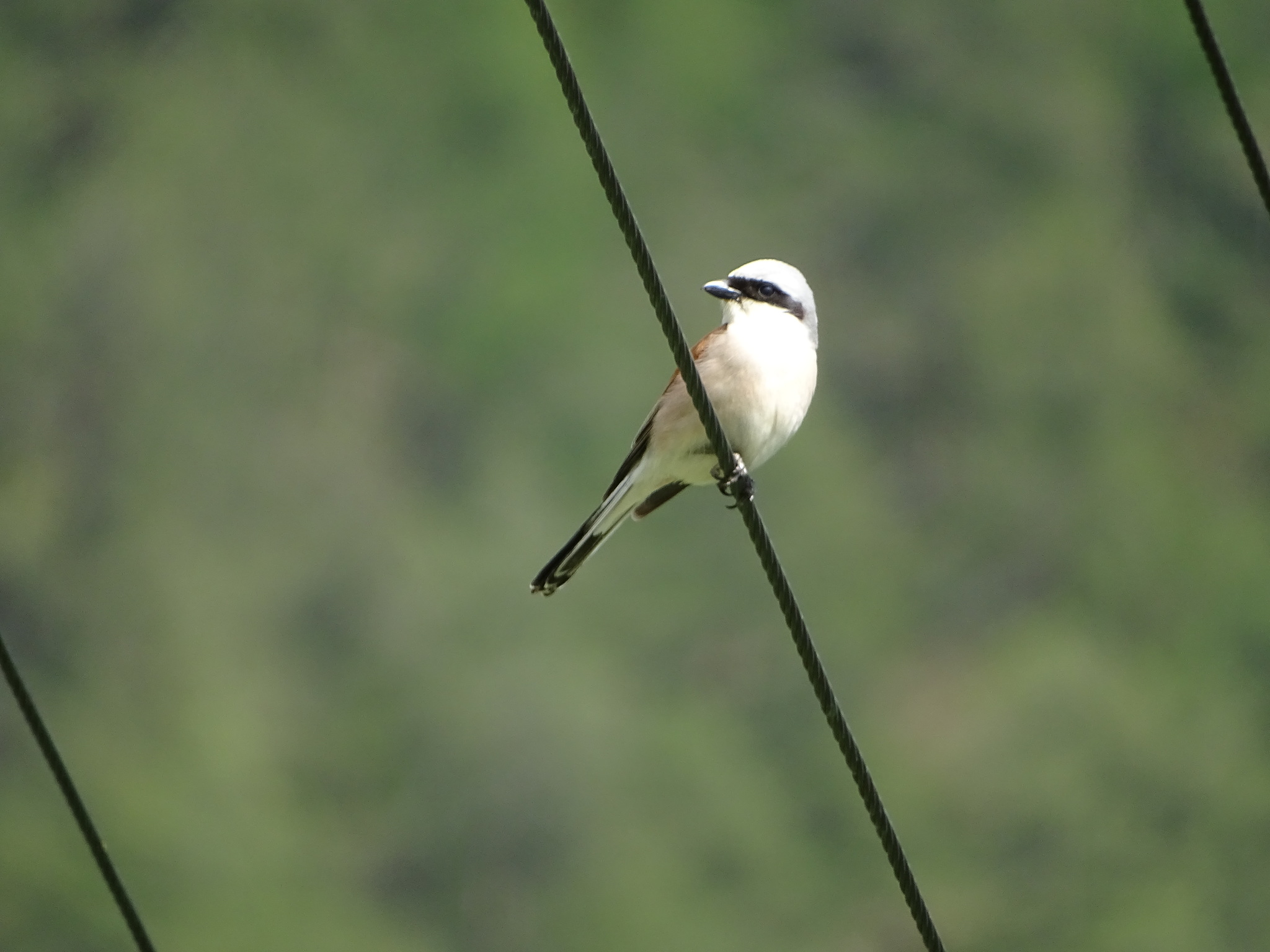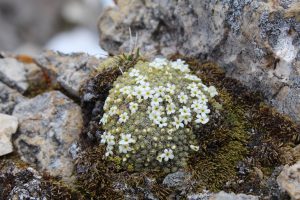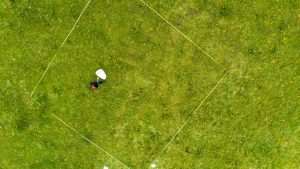In recent decades, the number of bird species that are tied to extensive meadows and pastures has declined significantly. Some of them have even disappeared altogether. In 2020, experts from Eurac Research, in cooperation with the Office for Nature, conducted a special project to investigate the occurrence of ground-nesting birds. The results are now available.
Agriculture has changed a great deal in recent decades. In order to be able to produce more fodder for the cows, meadows are mown earlier and more frequently and also fertilised more heavily. This more intensive use of meadows has serious consequences for biodiversity, especially for the bird life that inhabits these landscapes.
“Bird species that nest close to the ground are particularly affected by the change,” explains ornithologist Matteo Anderle of Eurac Research. As grass is mown earlier and earlier, ground-nesting birds are often disturbed and eggs or young birds may even fall victim to mowing. As a result, these species are among the most threatened birds in the region and are declining. For example, the corncrake and the skylark, which used to be common and widespread, can now be seen only sporadically and others, such as the Ortolan, have practically disappeared from South Tyrol.
Not only ground-nesting species, but also species that are tied to structural elements of the landscape, such as individual trees between fields or hedges marking the boundaries of different meadows and pastures, dry stone walls or rows of trees, are endangered. These individual structures typical of our area are becoming increasingly rare and with them the species that use them for nesting. One example is the barred warbler: it inhabits open terrain with extensive meadows and pastures, where it breeds in solitary shrubs. However, due to the removal of such elements throughout the country, it is now very rare.
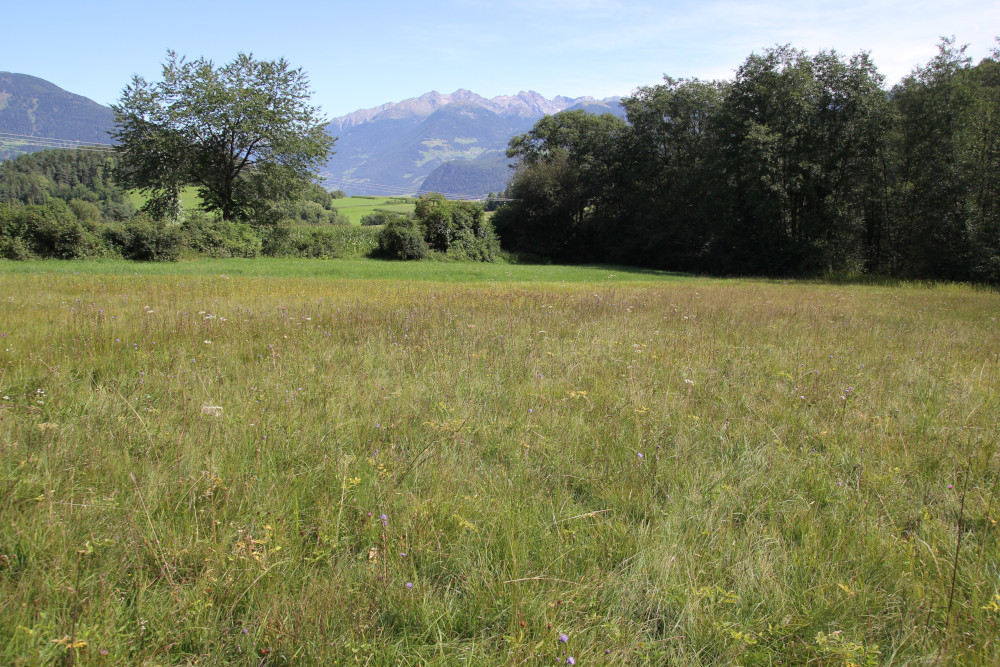
Aim of the special project
The Biodiversity Monitoring South Tyrol, long-term project of Eurac Research, aims to study the biodiversity of the most important habitats in our country. Within the framework of this project, certain topics are dealt with each year in the form of special projects. The project on breeding birds in open and semi-open areas was carried out in collaboration with the Office for Nature of the Autonomous Province of Bolzano (Department of Nature, Landscape and Spatial Development). The main objectives are to study the distribution and size of populations of grassland bird species, to lay the foundations for long-term monitoring of these species and to define appropriate management measures to ensure the long-term conservation and survival of these threatened species. The first results are already available.
How were the surveys carried out?
First, the monitoring areas were defined and established based on an analysis of previous data on the distribution of the project’s target species. Within each area, one monitoring point was surveyed every 10 ha. For the field monitoring, the ornithologists visited a total of 31 study sites, which are evenly scattered across the province. Another project focus, financed by environmental funds, was carried out in the Bruneck area. The areas were visited twice in the early morning hours between April and July, as this period coincides with the nesting season of these species. Once at the site, the research team counted and noted all species seen and heard. In addition, tape recordings of songs were played to get a sound from some rare bird species and thus detect them if present. Other species that are mainly active at night or at dusk, such as nightjar or corncrake, were surveyed in the evening hours.
What are the results of the study?
The surveys resulted in a detailed picture of the South Tyrolean grassland species. The first general tendencies confirm an already known trend: Overall, the distribution of bird species on extensive meadows and pastures is strongly declining. Species such as whinchat and corncrake are rare, while others, especially barred warbler or ortolan, have almost completely disappeared. Nightjars and quails are also found only sporadically. Red-backed shrike, skylark and yellowhammer, on the other hand, are still present, but in many cases only sporadically or with locally limited populations.
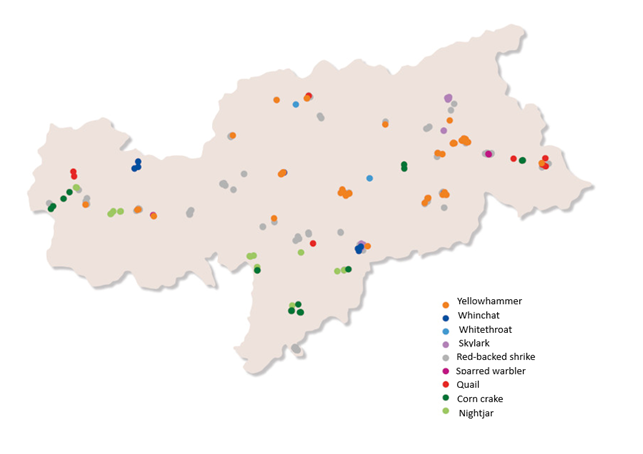
“The surveys carried out confirmed the importance of extensive meadows and pastures and their near-natural margins as habitats for the species studied,” explains Giulia Ligazzolo from the Office for Nature. “All these birds depend on extensively managed habitats and the linear and punctuated elements they contain, such as shrubs, hedges or rows of trees,” she adds. Although such landscapes still exist in some parts of the province, they are in danger of disappearing completely due to ongoing agricultural intensification and the abandonment of areas that are difficult to access and manage. The few remaining habitats that are still managed in the traditional way by some farmers are therefore of enormous importance for the protection of nature and especially the species that are so specifically tied to these unique conditions. Overall, the special project has consolidated the importance of the landscape management premiums promoted by the province to protect the flora and fauna living in the meadows and thus enable the preservation of these valuable landscapes. However, a great deal of effort is still needed to eliminate the threat to meadow birds and co.
Extensive meadows and pastures: “hotspots” of biodiversity
Extensive meadows and pastures are not only of central importance for certain bird species but are also centres of biodiversity. The first year of the Biodiversity Monitoring confirmed the importance of these habitats: extensively used meadows, are among the most species-rich habitats in South Tyrol. On a meadow near Tiers, the experts were able to identify up to 80 plant species on only 100 m. In comparison, the average for extensive pastures is almost 60 species and thus significantly higher than in intensively managed meadows with just over 35 plant species. The extensive meadows have an average of 15 butterfly species, including rare species such as the Duke of Burgundyand the large blue. Pastures have also proven to be particularly valuable for South Tyrol’s biodiversity, such as the extensive dry grasslands on the “Vinschger Sonnenberg”. In a dry pasture near Goldrain, for example, the barred warbler was found.
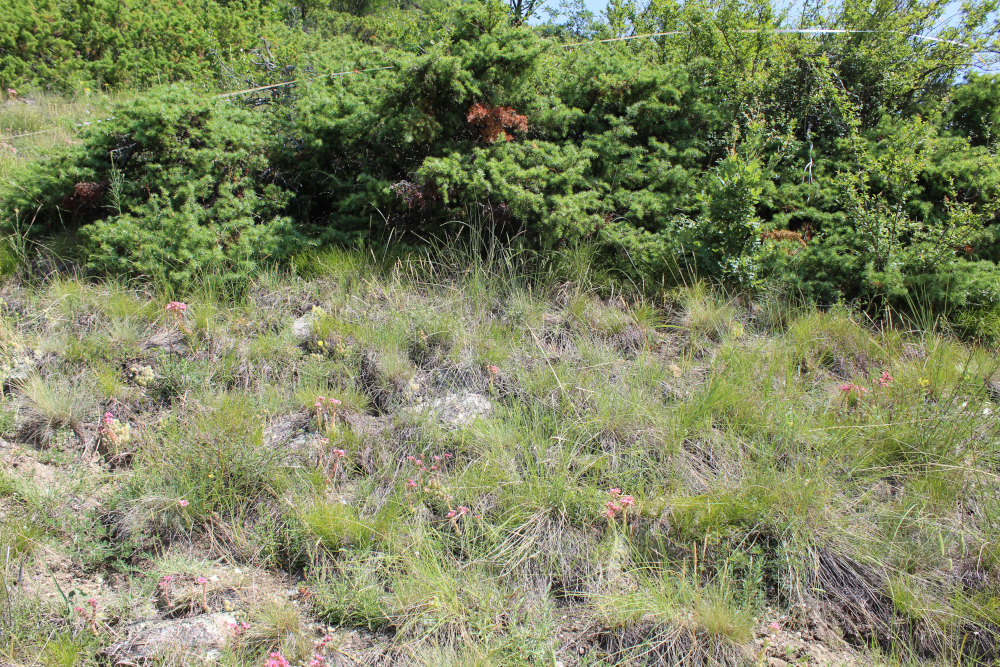
Future prospects
In order to preserve the grassland species of South Tyrol, it is important to maintain extensive meadow and pasture management and, where possible or necessary, to restore and promote it. This can only be done in cooperation between nature conservation, research, individual farmers and agricultural associations, so that not only ecologically but also economically sustainable agriculture is possible. In addition, the scientific data obtained through this special project serves as a basis for the establishment of targeted and standardised monitoring that will last over a longer period of time. Another special project on grassland birds is planned for 2021 as a Citizen Science project, in which the population contributes directly to the scientific investigation. This project will investigate areas that have hardly been researched so far. Thus, the Biodiversity Monitoring South Tyrol will continue to dedicate itself to the protection of these very special and fascinating bird species and will try to maintain the scientific basis for the protection of these unique habitats that are so important for the South Tyrolean countryside and natural landscape.
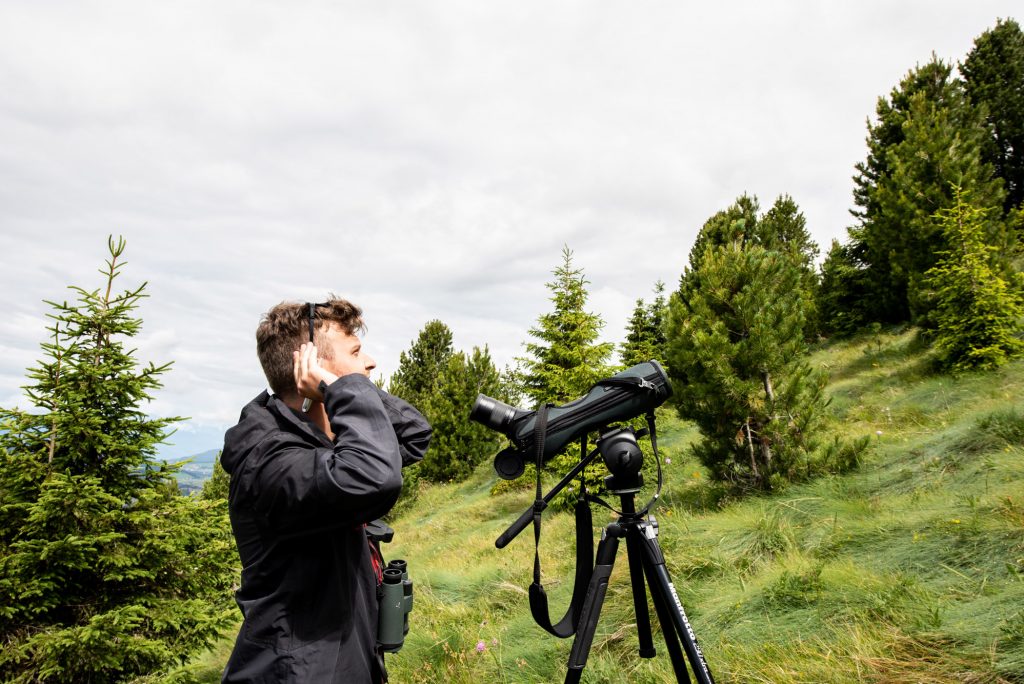
Ornithologist Matteo Anderle at work (C) Eurac Research/ Martina Jaider 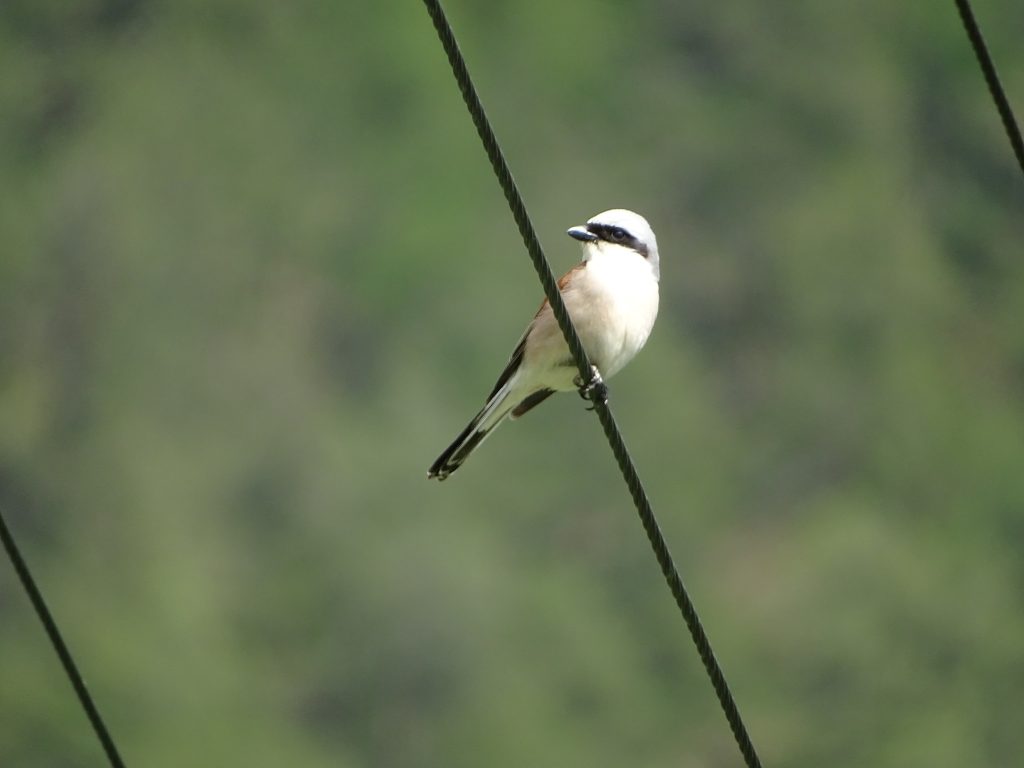
Red-backed shrike (C) Eurac Research/ Michael Steinwandter

